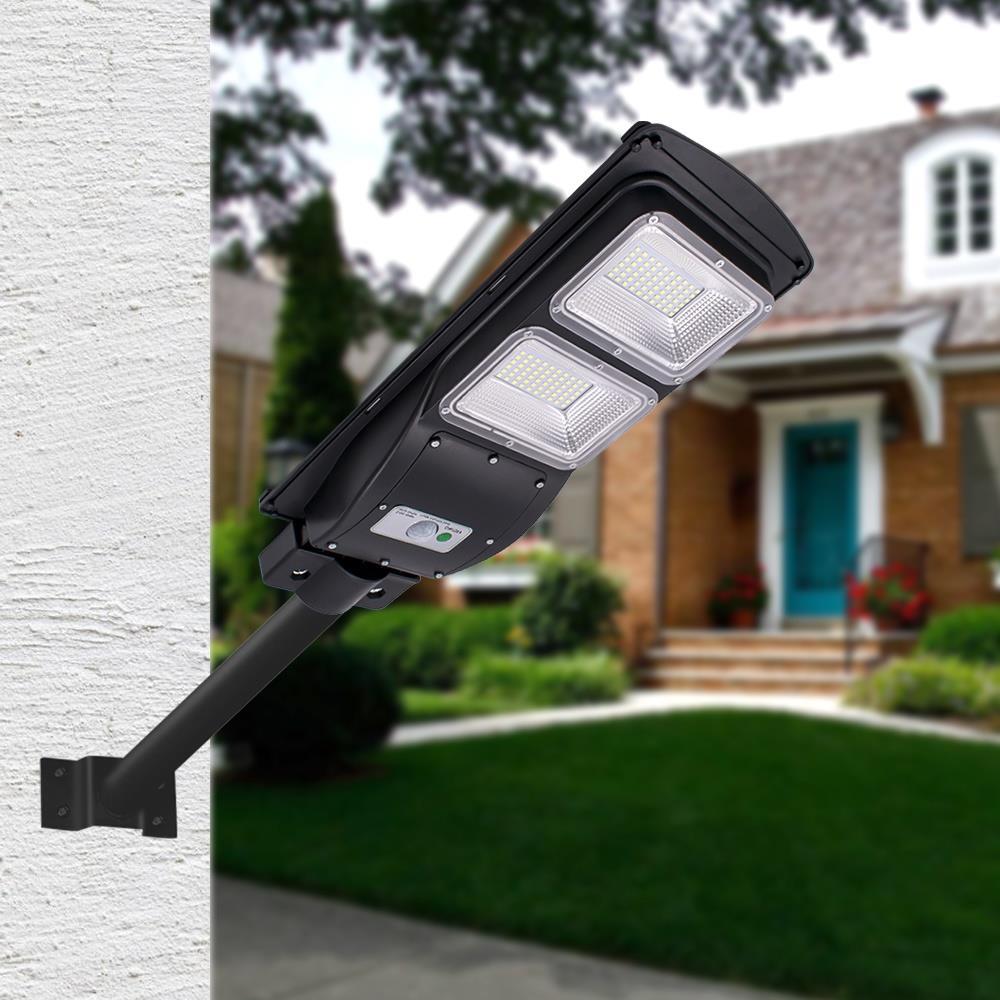The battery capacity in solar street light systems can vary depending on several factors, including the power requirements of the light, the location and climate, and the desired autonomy (the number of days the light can operate without sunlight). However, a general rule of thumb is to have a battery capacity that is at least twice the daily energy consumption of the light.
For example, if the solar street light consumes 100 watt-hours (Wh) of energy per night, the battery should have a capacity of at least 200 Wh. This ensures that the battery can store enough energy to power the light for two nights without sunlight.
In practice, the battery capacity is often larger to provide a safety margin and to account for variations in sunlight and temperature. For example, a solar street light with a daily energy consumption of 100 Wh might have a battery capacity of 300 Wh or more.
It’s important to note that the battery capacity is just one factor to consider when designing a solar street light system. Other factors, such as the efficiency of the solar panels, the size of the battery, and the type of charge controller, also play a role in determining the overall performance and reliability of the system.


